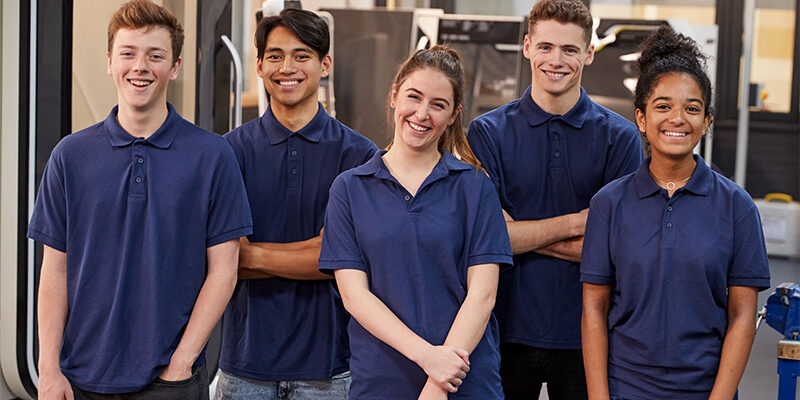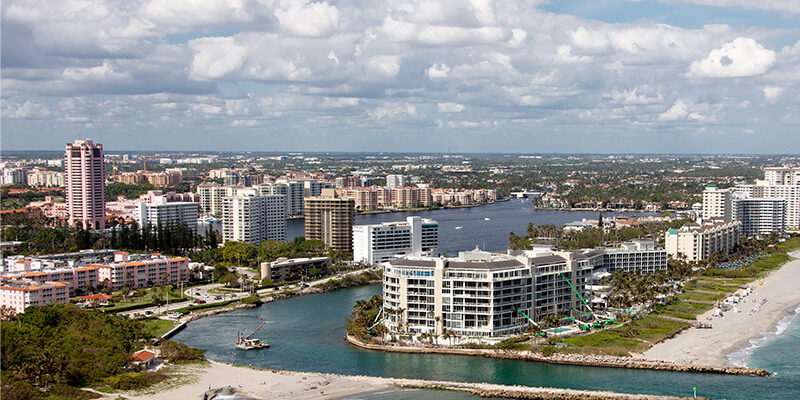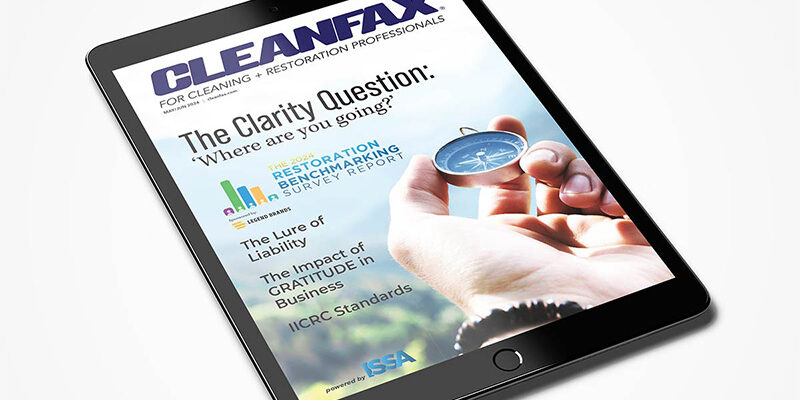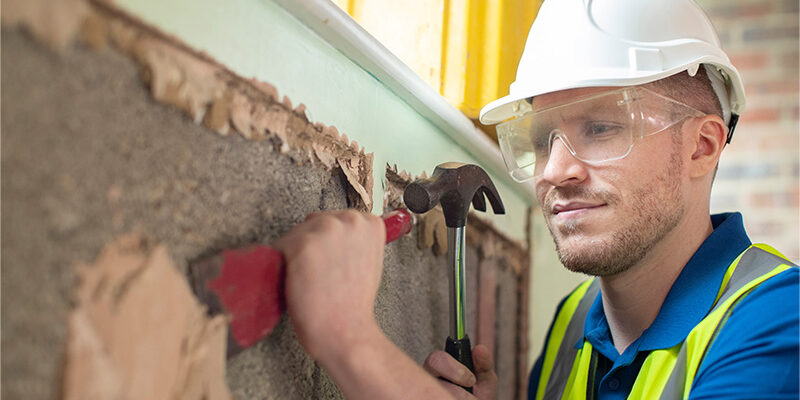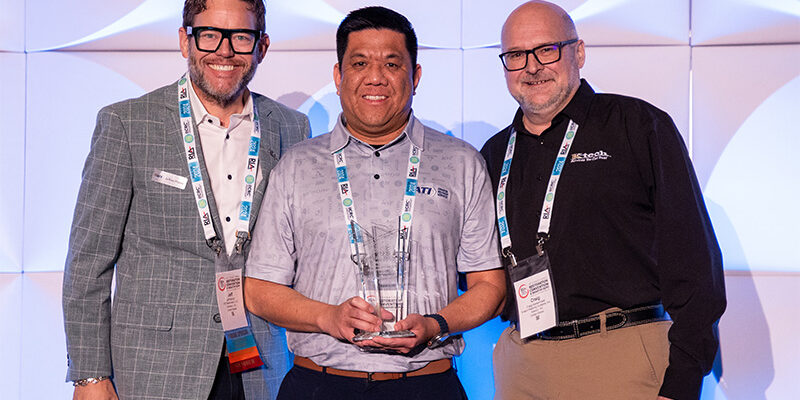Hurricane prediction improvement with robots
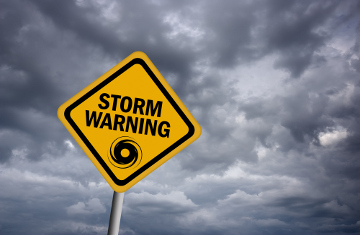
MISSISSIPPI STATE, MS — Mississippi State University and the National Oceanic and atmospheric Administration (NOAA) currently are working with Liquid Robotics, a California robotics company, to use robotic “Wave Gliders” to better understand the inner workings of hurricanes and how to better predict them, according to an article from CBS News.
These Wave Gliders, which will be stationed in the Gulf of Mexico for the next three months and deployed off Florida’s west Coast, in the Florida Keys and near Louisiana’s coast, are solar powered and can be navigated from afar.
"They can stay on station, collect oceanographic data, atmospheric data that you wouldn't necessarily have otherwise,” NOAA’s Dr. Alan Leonardi said in the article. “And then when a storm gets forecasted to come through the area, you can tell them to track themselves to the storm, to start motoring towards the storm, and try to collect that data in that storm environment.”
The data collected will be turned over to NOAA scientists who will use this data to improve hurricane forecasting.
For the full story, please click here.


